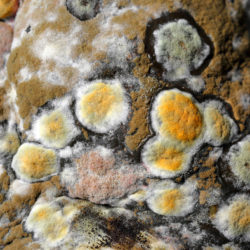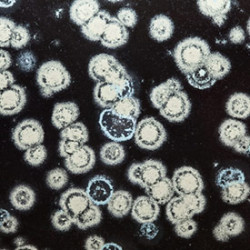Realtor.com – Mold’s Top Hiding Places

You Can Be Meticulous About Housekeeping and Still Have Mold Thriving Inside Your Home.
Mold is one of the scariest words for any homeowner. You can be meticulous about housekeeping and still have mold thriving inside your home. Mold needs only three things to grow: Moisture, an organic food source like wood or paper, and the right temperature.
Mold can grow in temperatures as low as 32 degrees (Fahrenheit) and as high as 120 degrees. Temperatures below 32 degrees do not kill mold. It simply goes dormant until things warm up again. The optimal temperature for mold growth is between 70 degrees and 90 degrees.
Top hiding places for mold
As a reporter for NBC’s “Today” show found out when he asked a mold remediation expert to inspect his home, mold can lurk in an otherwise clean-looking kitchen or bathroom. Places that you don’t normally go looking are ideal for mold colonies. Behind your refrigerator, dishwasher or washing machine, a small leak can feed mold growth.
The same is true for leaky pipes under your sinks or in the crawl spaces. Long before you notice any water stains on your ceiling, a small roof leak can contribute to mold growth in your attic. Even if you don’t see the mold, its spores can cause respiratory problems for occupants with certain conditions. Also, there are studies that suggest mold contributes to asthma in some children.
Don’t jeopardize the health of your family. Contact the mold experts at Stern Mold. Our highly trained and professional technicians will carefully assess your mold problem and recommend the best mold remediation process to kill and prevent it from growing back again. The MoldExterm process is quick, inexpensive and eco-friendly.


